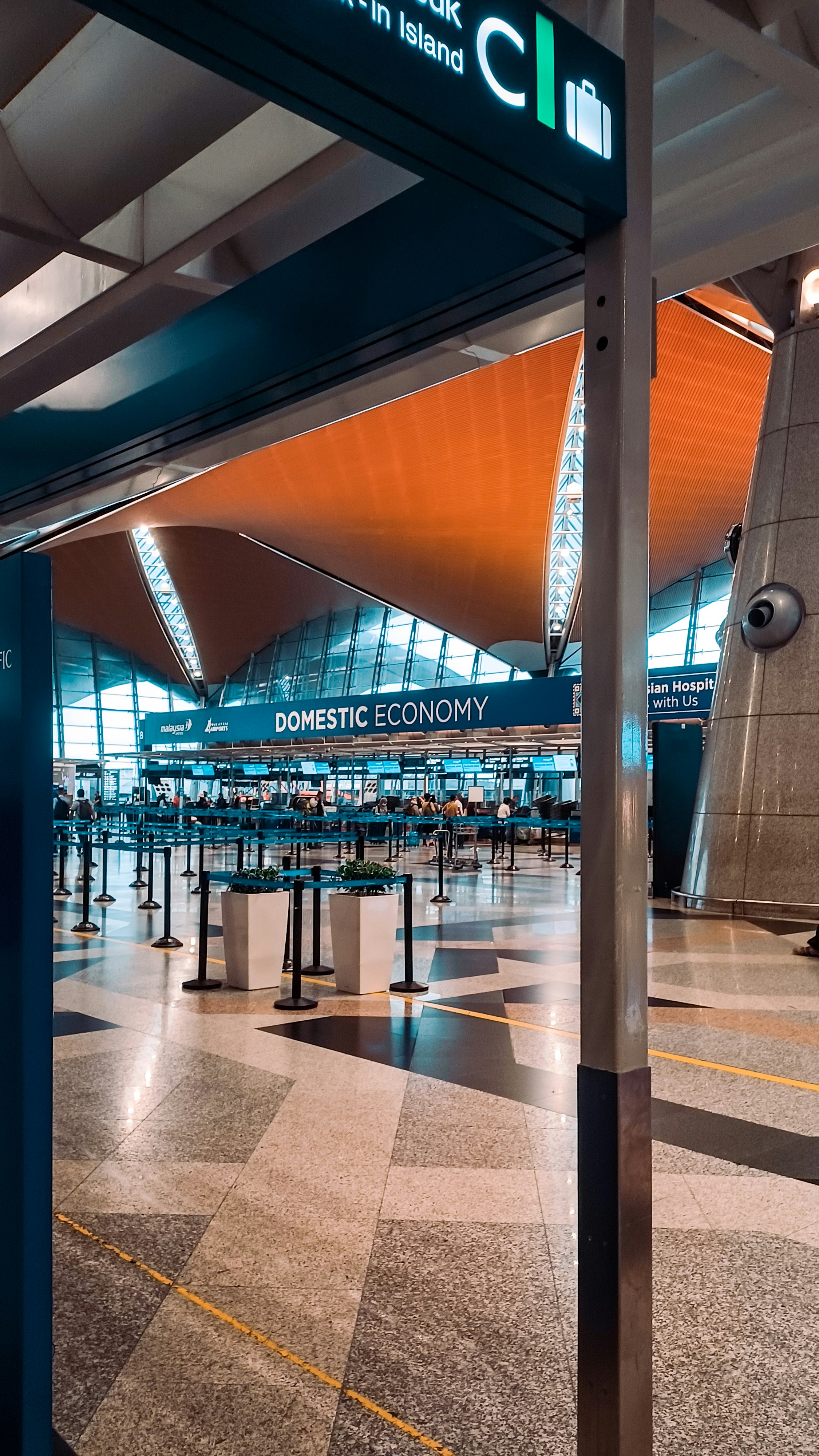In a bid to streamline the immigration process and alleviate congestion at Kuala Lumpur International Airport (KLIA), Malaysia's immigration department has recently defended its decision to allow visitors from 63 countries to use the autogates. This move, which has sparked both praise and criticism, aims to enhance the efficiency of immigration clearance without compromising security.
Expedited Immigration Process
The introduction of autogates for foreign visitors is part of a broader initiative to modernize Malaysia's immigration system. According to the Home Minister, Datuk Seri Saifuddin Nasution Ismail, the autogate facility significantly reduces the time required for immigration clearance, taking only 10 to 15 seconds per traveller. This efficiency is crucial, especially during peak hours when consecutive flight arrivals can lead to severe congestion at entry points.
Countries Eligible for Autogate Use
Initially, the autogate facility was available to visitors from 10 low-risk countries, including the United States, the United Kingdom, Germany, Australia, New Zealand, Singapore, Japan, South Korea, Brunei, and Saudi Arabia. As of June 1, 2024, this privilege has been extended to travellers from an additional 36 countries, bringing the total to 46. Among the new countries are members of the European Union, Bahrain, Kuwait, Jordan, Oman, Qatar, China, Canada, Hong Kong, and Taiwan.
Digital Arrival Card Requirement
To further streamline the process, Malaysia has introduced the Malaysia Digital Arrival Card (MDAC), which must be completed online within three days before arrival. This requirement applies to all foreign travellers, except for Malaysian permanent residents, Malaysia Automated Clearance System (MACS) pass holders, and those transiting through Singapore without seeking immigration clearance. The MDAC includes personal particulars, passport details, and travel dates, ensuring that the immigration department has all necessary information before the traveller's arrival.
Addressing Congestion at Key Entry Points
The immigration department has identified key entry points where congestion is most severe, such as KLIA Terminals 1 and 2, and the Customs, Immigration, and Quarantine (CIQ) Complexes in Johor. By focusing on these areas, the department aims to reduce wait times and improve the overall travel experience for visitors. The Home Minister highlighted that nearly 350,000 people cross the Johor Causeway daily, with many being workers commuting by bus or motorcycle. The current system is no longer sustainable, necessitating proactive measures and innovative solutions.
Future Initiatives and Innovations
Looking ahead, the immigration department is exploring various other systems to further enhance the immigration process. One such improvement under consideration is the use of QR codes for faster and more secure verification. Additionally, the department plans to extend the autogate facility to all diplomatic personnel working in Malaysia, including their family members, ensuring a seamless entry process for this group as well.
The decision to allow foreign visitors to use the autogates at KLIA is a strategic move to modernize Malaysia's immigration system, reduce congestion, and provide a smoother travel experience. While the initiative has its critics, the immigration department remains committed to balancing efficiency with security, ensuring that Malaysia remains an attractive destination for international travellers.







-1.jpg&w=3840&q=75)




.jpg&w=3840&q=75)


